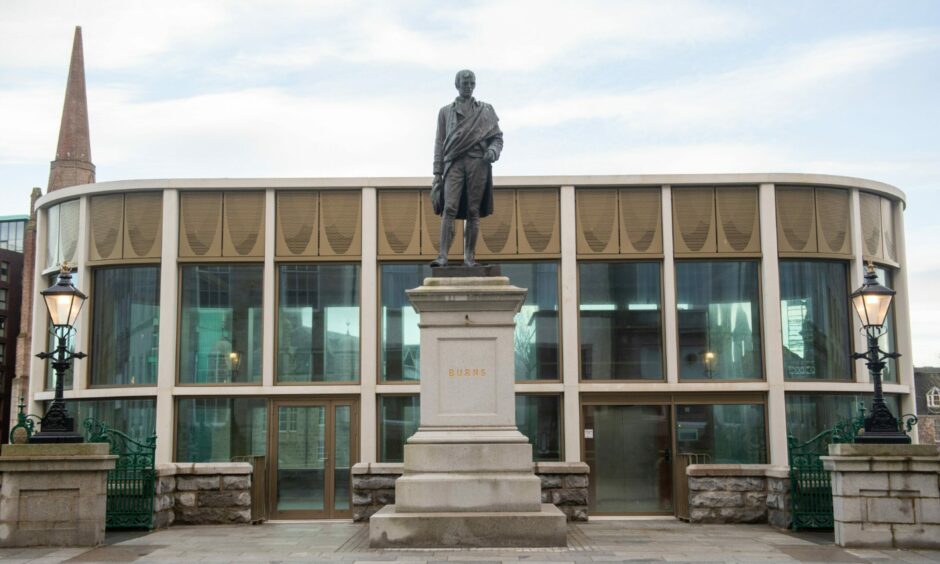
Though you may not have been aware of it at the time, Robert Burns probably made his way into your life at an early age.
It might have been the first time you stood in front of the class at school, palms sweating as you tried to remember the lines you had recited to your family and dog the night before.
It could have been the first Hogmanay you were allowed to stay up to bring in the bells, smiling a sugar-fuelled smile and linking arms as you mumbled your way through Auld Lang Syne.
It may even have been the first time your mum plucked up the courage to pop a plate of haggis down in front of you, praying you wouldn’t ask what it was.
This January 25, on the 264th anniversary of his birth, people across the world will join together to celebrate Scotland’s Bard Rabbie Burns.
Though celebrations may differ and traditions may loosen, Burns fans in the north and north-east are united in their belief that his legacy should live on.
Back to school
John Mackay still remembers his first proper encounter with Burns vividly – before which he was simply a face on a portrait in his grandparents’ home.
“At school we had a very mixed class of ability and behaviour, but one day while we were at lunch, this student teacher had sketched the poem Tam o’ Shanter on the chalkboards around the room in different colours of chalk,” he said.
“He told the story through these sketches and there was utter silence in the room. The whole class was captivated.”
To this day, Tam o’ Shanter remains John’s favourite Burns poem.
“There are some poems and songs that Burns put to music that almost make you greet, some of his love songs are beautiful, but Tam o’ Shanter is, to me, such a cracker of a story,” he said.
This experience sparked an interest for the 83-year-old, which expanded to Scottish history, poetry and prose.
Later in life, John joined Aberdeen Burns Club and became the group’s secretary, determined to keep learning more about Scotland’s Bard and encouraging others to do the same.
He believes Scots tongue should be taught in schools to get the younger generation involved, and that it is time to accept Burns’ poetry is “in our DNA”.
The club does this through its school poetry competitions, where kids from across Aberdeen, Aberdeenshire and Moray come together to recite Scots and Burns poetry. Group president Helena Anderson-Wright hopes to revive the competition on March 4 this year, and any schools interested in taking part can contact her on robertburnscomp@aol.com
‘He had an understanding, a love and an appreciation’
John has stepped back from his role as secretary of Aberdeen Burns Club – which was formed in 1872 – but he still attends monthly meetings.
Explaining why he feels the poet is still so widely celebrated today, he said: “He stood up as best as he could for the working man at the time, although that was extremely difficult.
“If you wanted to get on in life, you had to speak properly and forget your background, and that went against Burns’ grain because he had found a beautiful lyricism in the Scots tongue. He had an understanding, a love and an appreciation.”
When it comes to his own Burns Night celebrations, John will be attending the club’s annual celebration on February 4 – it is held late as most members will be speaking at other Burns Suppers.
He is certainly a traditionalist when it comes to the supper itself: “I understand haggis is not to everyone’s taste, but if you can’t overcome your dislike of haggis then a Burns Supper is not for you.”
Straying from tradition
Further west, in the heart of Cairngorm National Park, Kincraig Community Council is preparing to host its annual Burns Supper and Ceilidh.
It has been on the go now for around 20 years and is held in the village hall, this year on January 28.
Susan Libeks is part of the team that runs the event and is excited for its return after two years of Covid cancellations. She is originally from Lancashire but fell in love with the Kincraig area so much she now hosts arguably its most Scottish celebration.
Unlike Aberdeen Burns Club, the community council is happy to stray from the norm when it comes to its celebration of the Bard – including fewer speeches and more dancing.
“For us it’s about celebrating Burns and enjoying Burns with a little bit of tradition and throwing in the ceilidh to follow,” said Susan.
“The dancing is as much about the socialising and the ‘drinking of the bevvy’ as Burns would say; get a glass in your hand and off you go. For us, it’s a social occasion rather than a very formal Burns Supper.”
Susan said this adaptation is necessary to ensure everyone can join in the festivities, especially because a number of holidaymakers always want to get involved.
She said, at the end of the day, Burns Night is about “getting your kilt on and having fun”.
‘Electric’ atmosphere
The event is still in true Scots spirit with haggis, neeps and tatties provided by local producers, a piper, speeches and a dram or three.
Though Susan’s favourite part of the event is always the Dashing White Sergeant, “because you never really stop”, she said the atmosphere throughout the entirety of the two-and-a-half-hour ceilidh is “electric”.
“The dancefloor is packed, lots of water gets drunk alongside the whisky,” she added.
People from far and wide travel to Kincraig for the Burns Night celebrations, including those who were there long before they started.
Susan said: “The senior community members love watching the younger people having fun on the dancefloor, and they’ll maybe get up and join in the slower ones.”
The celebration provides an opportunity for locals to come together and supports the work of the community council moving forward.
“It’s used as a fundraising night to support lots of other community things that go on,” explained Susan.
“It’s really important, it’s the backbone of our community fundraising and it keeps everything going. There are only about 500 people in our council area, we’re a huge area with a very small number of people in it, so it’s important that we bring people together.”
The community council hasn’t sold all 120 tickets yet but expects to soon as it has been a consistent sell-out in years gone by.
Tickets can be purchased at Suie Bar or by calling Susan on 01540 651268.
Remembering Rabbie
Robert Burns toured around the Highlands and the north-east in 1787, detailing his trip in diary entries.
A number of the locations he visited inspired his poetry and it has even been theorised that he may have had a Doric accent.
If you are looking to do something a little different to commemorate the poet this January, or want to follow in his footsteps, here are a few locations that might fit the bill:
Falls of Foyers
Burns himself famously wrote My Heart’s in the Highlands. Though this poem does not specify any exact locations that inspired his admiration for the area, others do.
During his tour in 1787, he visited the Falls of Foyers near Loch Ness and was so inspired by the sight that he penned a few lines on the spot.
He noted its “bursting torrents”, “recoiling surges” and the “horrid cauldron” of the gorge below.
Falls of Foyers is a waterfall with a 140ft drop into a gorge with two viewpoints along a short but steep walk, which could take you to the shores of Loch Ness if you follow the water that far.
There is a car park on the main road opposite the entrance to the falls walk, which is open year-round for budding Bards.
Union Terrace Gardens
A statue of Robert Burns stands proud on a pedestal in the newly refurbished Union Terrace Gardens in Aberdeen city centre.
It was first erected back in 1892 and became a B-listed structure in 1967. It is the perfect place for Burns fans to congregate and sing a verse or two, and Aberdeen Burns Club visits the statue together annually to pay its respects.
Last year the Bard underwent an intense clean-up operation to reverse the years of damage the city’s gull population had inflicted upon him.
Culloden Battlefield
Rabbie Burns visited Culloden Battlefield while in the Highlands – the site where the Jacobites under Bonnie Prince Charlie were defeated by government troops.
It is thought both The Lovely Lass o’ Inverness and The Highland Widow’s Lament allude to the battle, which was a short but bloody affair and resulted in the death of around 1,300 men.
In a verse of the former, Burns wrote:
Drumossie moor – Drumossie day –
A waefu’ day it was for me!
For there I lost my father dear,
My father dear, and brethren three
You can walk around Culloden Battlefield itself any time of day, but the visitor centre reopens for the year on January 31.
Gordon Castle
After staying with the Duke and Duchess there in 1787, Burns composed the song Castle Gordon to offer his thanks.
The Bard explained the castle’s surroundings in the song, mentioning the “golden sands”, “spicy forests” and “wild woods”.
Gordon Castle Estate, near Fochabers in Moray, now boasts walled gardens and a cafe you can visit, with the castle itself even being available to book as a wedding venue.
Stonehaven
William Burnes, Robert Burns’ dad, was born and raised in Dunottar near Stonehaven, only moving south once he was nearly 20.
The Bard visited and stayed with family in Stonehaven during his trip around the north-east and there are a number of locations around the Mearns area you can visit to catch a glimpse of his past.
These include Clochnahill, marked with a cairn at the side of the A90, as well as Glenbervie and Kirkton of Fetterreso cemeteries where his relatives are buried.
There is also a Burns Memorial Garden in the heart of the town.
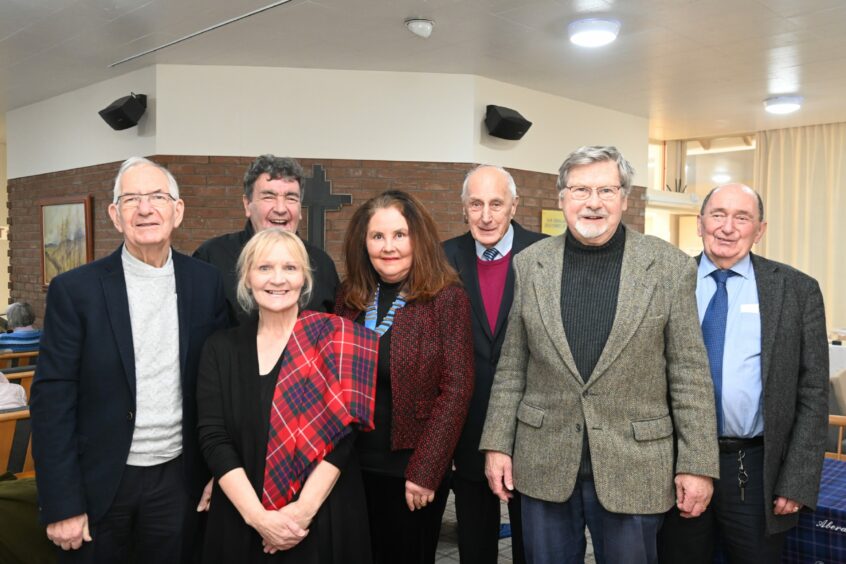

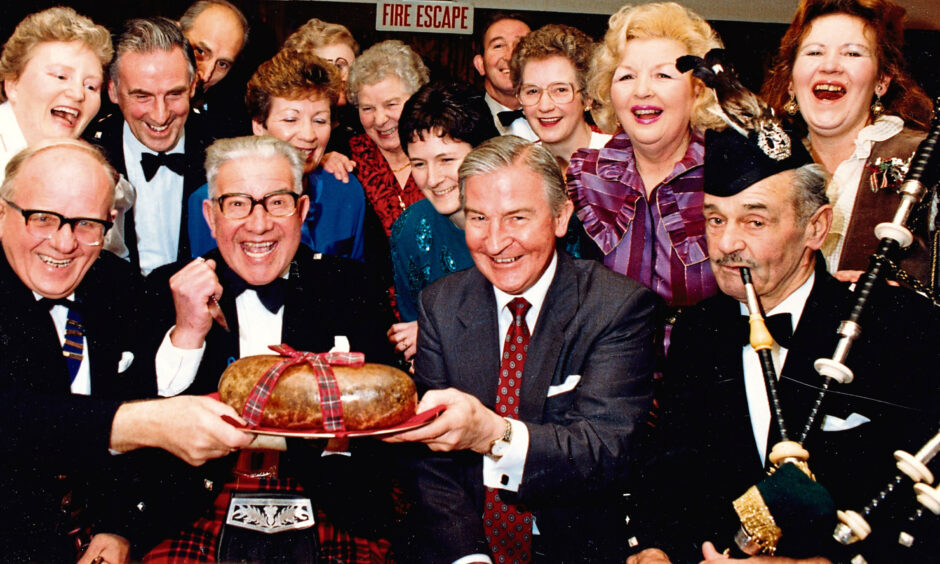
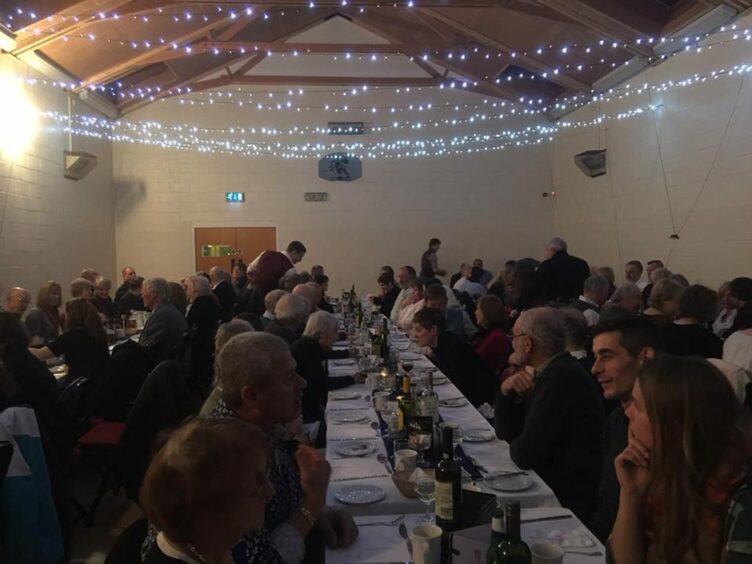
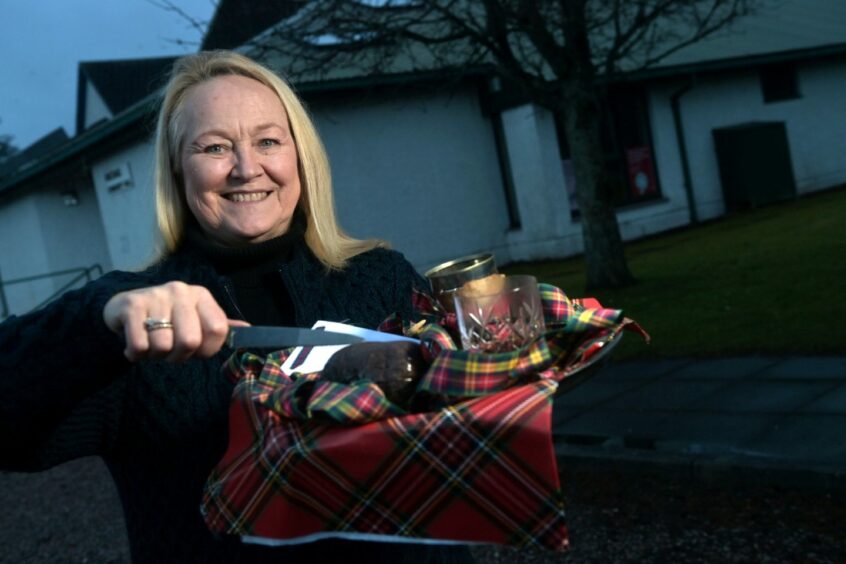
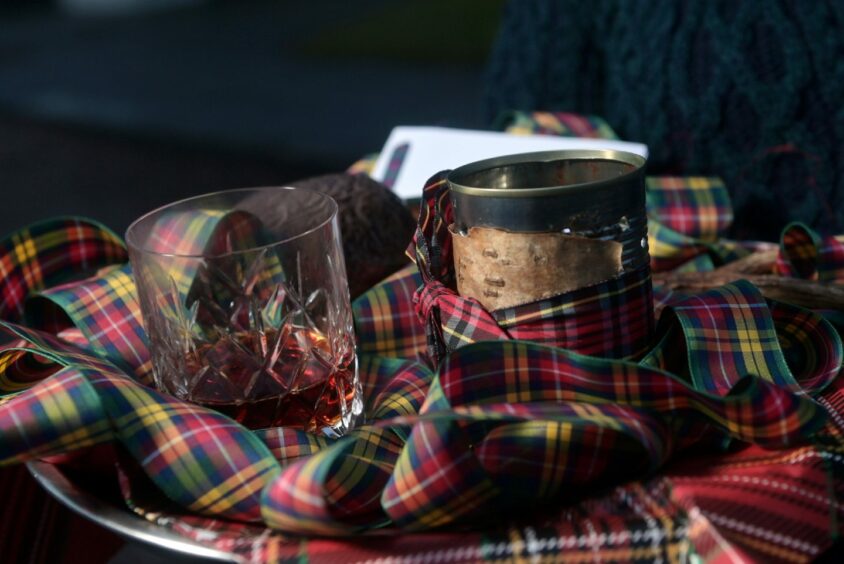

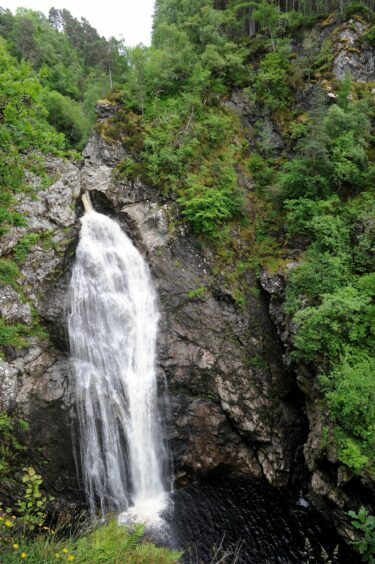
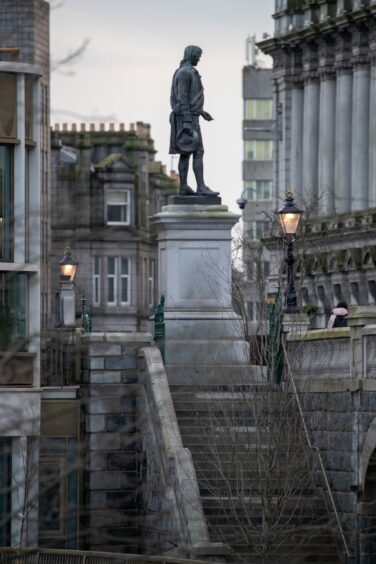

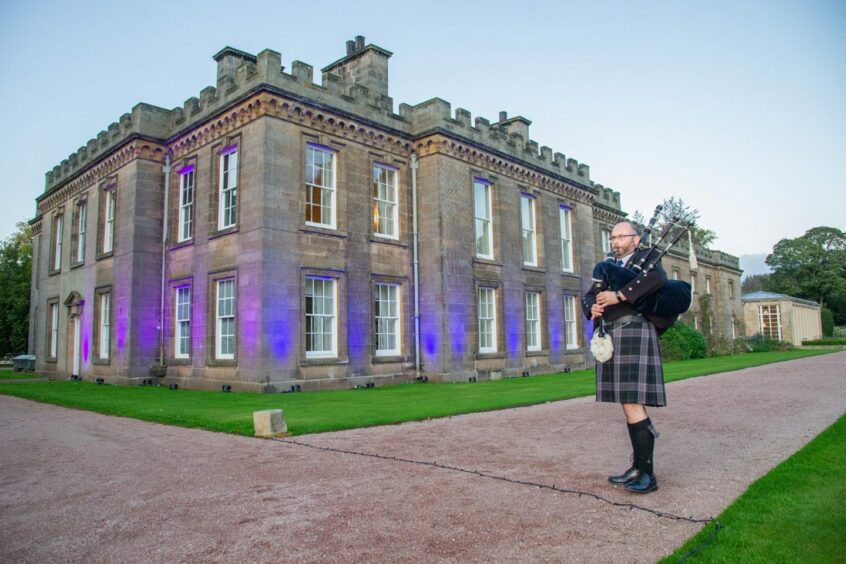
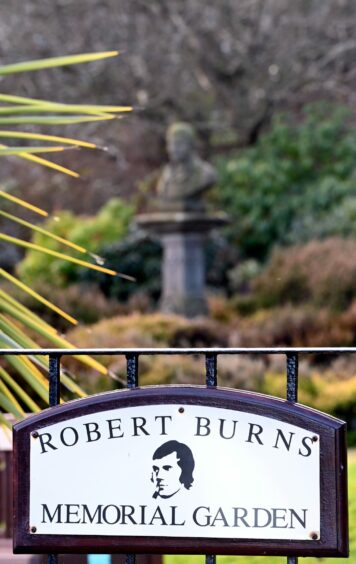

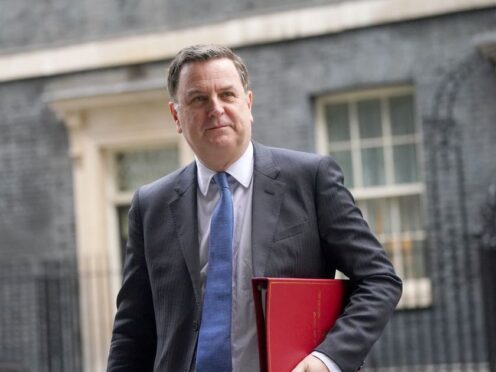


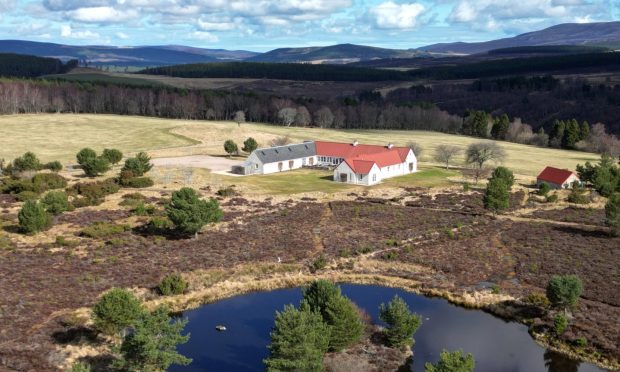
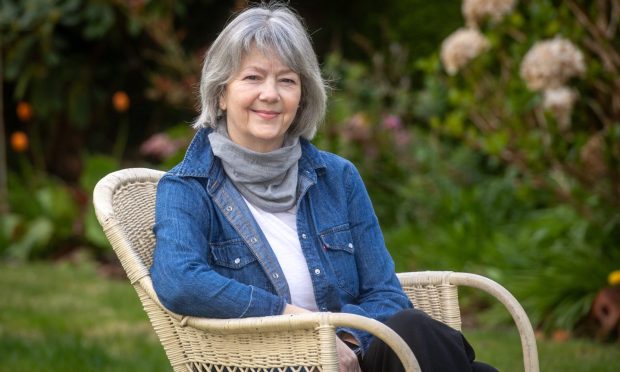

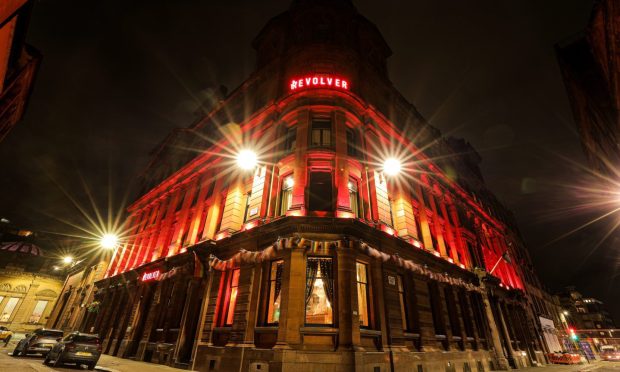

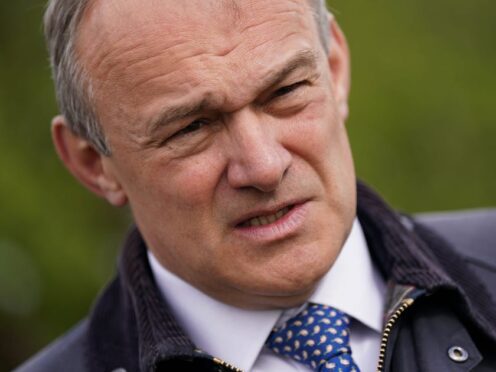
Conversation